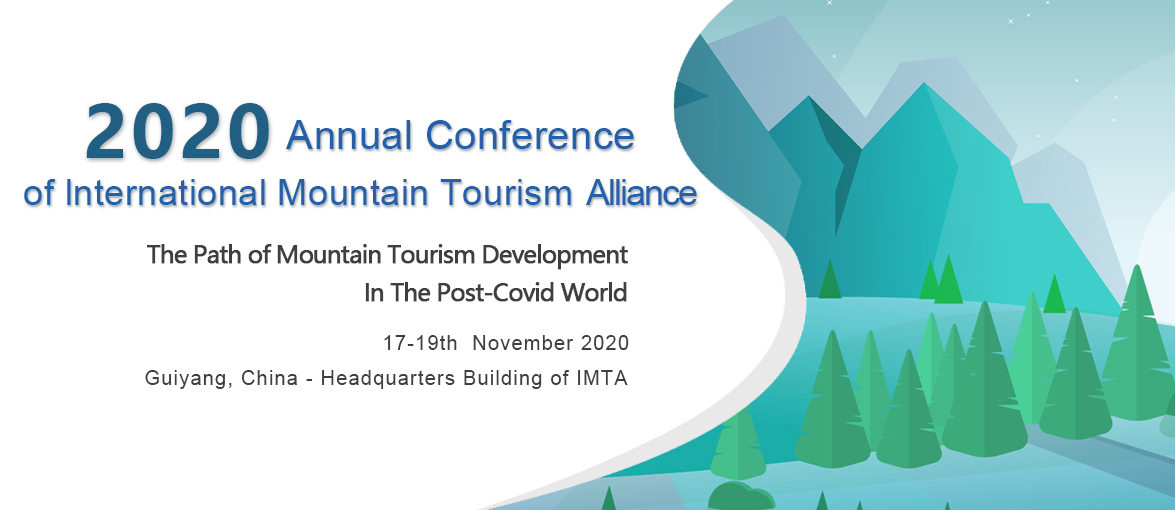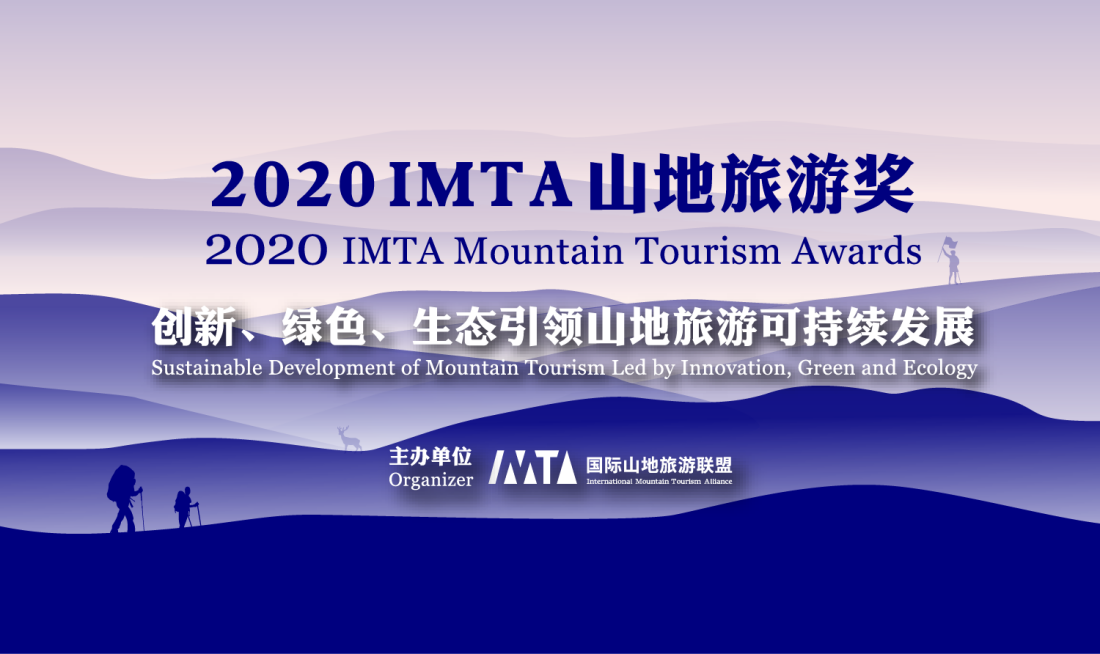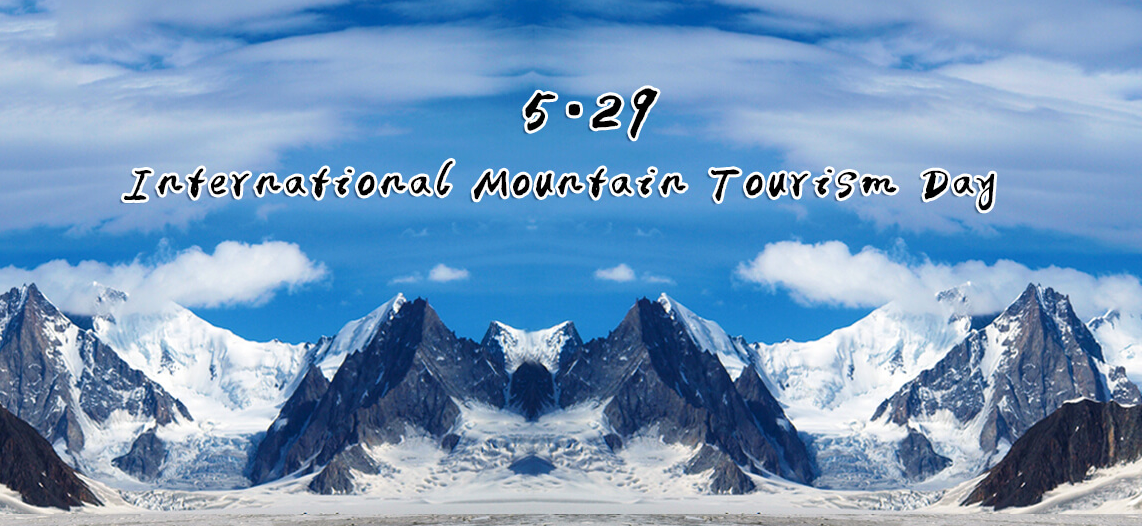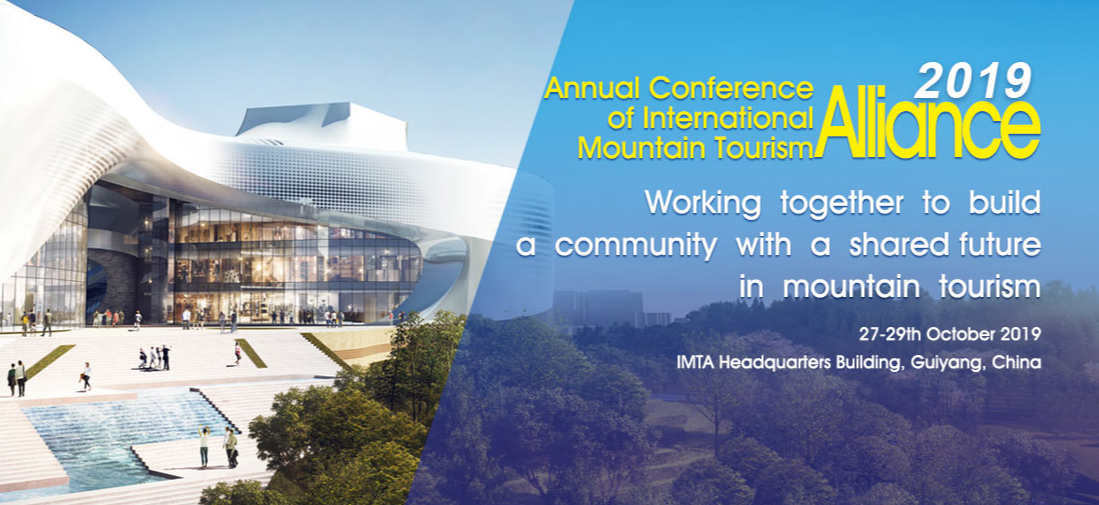Jeff Wang · Director of Asia Pacific (Chongqing) Institute for Hydrotheraphy and Climatheraphy Tourism | Mountain Tourism and Mountain Hot Springs
EDITOR'S NOTE: On May 29 2021, the main activity of the third International Mountain Tourism Day—the World Heritage Famous Mountain (Jinfo Mountain) Summit kicked off in Nanchuan District, Chongqing Municipality, China successfully. Themed with “World Heritage Protection and Green Development of Mountain Tourism”, the Summit got strong support from the World Tourism Organization (UNWTO), the World Intellectual Property Organization (WIPO), the International Union for Conservation of Nature (IUCN), the World Travel & Tourism Council (WTTC), the Pacific Asia Travel Association (PATA), the Global Tourism Economy Forum (GTEF), the Internationale Organisation Für Volkskunst (IOV) and the China Association of National Parks and Scenic Sites. As an important sub-event of this summit, the International Seminar on Mountain and Hot Spring Wellness Tourism was held with top experts and scholars at home and abroad. They gave keynote speeches and shared frontier observations focusing on mountain tourism, hot spring tourism, and health tourism to explore "the integrated development of hot spring wellness, climate wellness, forest wellness and mountain tourism". The speeches will be released in succession to share with industry colleagues.
Jeff Wang, Director of Asia Pacific (Chongqing) Institute for Hydrotheraphy and Climatheraphy Tourism delivered a speech at International Seminar on Mountain and Hot Spring Wellness Tourism:
71% of the earth's surface is covered by water, while 29% covered by land, and the mountainous area accounts for 31% of the world's land area. This provides us with broad opportunities for the development of mountain hot springs and mountain spring tourism. This issue can be more clearly discussed with the help of a globe.
From a global point of view, the areas with the most abundant hot spring resources are those in the collision zones between the ocean and continent plates and in the joints of the continental collision plates, which are generally connected to the mountains. The origin of the hot spring resources is inseparable from the mountains.
China is a mountainous country. The mountain area of China accounts for 69% of its total area. It can be said that 2/3 of its land are mountains and hills. At the same time, China is also rich in hot spring resources. China has about 5,000 proven hot spring resources, of which more than 70% are located in mountains (including hills, low mountains, middle mountains and high mountains). In fact, the southwest region (Chongqing, Sichuan, Yunnan, Guizhou, Tibet) has the most hot spring resources in China, accounting for almost half of China's total, most of which are located at places of above 500 meters of altitude.
In the past ten years, I have visited more than 400 hot springs in my global inspection tours, most of which are located in mountains, especially famous mountains. I once concluded my observation into a sentence that read, “Where there is a famous mountain, there is a famous spring for health.” Fu Yingchun, Executive Secretary of the International Mountain Tourism Alliance, shared the same feeling with this sentence. Hot spring resources can be found in almost all famous mountains in China. All the five famous mountains including Mount Heng in Shanxi, Mount Heng in Hunan, Mount Tai, Songshan mountain and Huashan mountain have very famous hot springs. The same is true when we expand our vision and look at a wider range of mountains, such as the Great Khingan, Changbai Mountain and Taihang Mountain in the north, the Kunlun Mountain in Shandong province, the Hengduan Mountain in the south, and even Cangshan Mountain in Dali, southwest China’s Yunnan province—all of them witness the continuous flow of hot springs.
Another example is the hot springs in well-known European mountains such as the Alps, Mount Fuji, the Caucasus, the Pyrenees, the Apennines, the Carpathians, the Rocky Mountains, and the Andes. Almost all the mountains that we can think of are closely related to the hot springs.
This background information will help us think of the possible ways to combine hot springs with mountain tourism.
What is mountainous hot spring
According to the revised version of the Classification and Evaluation of Service Quality of Hot Spring Enterprises LB/T 016-2011 formulated by China Hot Spring Tourism Association and officially launched on June 1, 2011 under the approval of the National Tourism Administration, hot spring in the narrow sense refers to the naturally gushing or manually drilled underground water with the water temperature at or above 25&4u:2103, which also contains more than one mineral substance that is beneficial to the human body.
In the broad sense, it refers to the bounded geographical space extent centered on the mouth of the hot spring, including the recreational and holiday space that integrates the hot springs, the climate surrounding the hot springs, and the ecological and human environment nearby. The climate surrounding the hot spring and the hot spring itself is an organic combination of two sides. The health value of hot springs is inseparable from its "natural recuperation factors" that include the hot spring water, hot springs resort, natural environment, air, climate, terroir, humanities, forests, topography, altitude, and natural products.
Therefore, we can put forward the definition of mountain hot springs by combining the two above-mentioned definitions— mountain hot springs in the real sense are hot springs in a mountainous environment whose climate comfort level, air quality, forest environment, facilities and service conditions all meet or exceed specific standards.
Nanchuan has very good conditions that can fully match this standard. Take Jinfo Mountain as an example. There are 4 hot springs in total in Jinfo Mountain. The hot springs that people are most familiar with is the mountain spring in Sanquan Town in the north of Jinfo Mountain, developed in the Republican Period, where Chiang Kai-shek, Song Meiling and other Kuomintang officials stayed for 4 days in 1936. The second one is the Tianxing Hot Springs developed by Chongqing Tourism Investment. The third is still under construction. The fourth one is on the southern slope of Jinfo Mountain.
Daozhen County in Guizhou Province is also building a hot spring resort, which is currently under construction.
Health tourism and hot spring health tourism
Health tourism refers to the sum of various tourism activities that enable people to achieve a natural and harmonious state physically, mentally and spiritually through various means such as beauty maintenance and fitness, nutritious diet, cultivation of the mind, and caring for the environment. Hot spring health tourism, on the other hand, refers to a type of health tourism based on hot spring resources and facilities with the functions of health care, rehabilitation and recuperation.
Health tourism pays attention to the recuperation and maintenance of physical and mental health. This definition is an important basis for the definition of mountain health tourism. If we consider mountain tourism as a relatively dynamic tourism activity, then hot spring tourism should be relatively static. When mountain tourists arrive in the mountains, they may stay at the foot of the mountain for one night and enjoy the time of taking a bath in the hot springs, which is called "foothold hot springs"; before they set off to climb the mountain, they will take a second bath named as "Departure Hot Springs". In the process of climbing the mountains, they will enjoy the "Refreshing Hot Springs" and "Courier Hostel Hot Springs". After climbing the mountain, they will also take a bath in the hot springs to recuperate the body and mind. The mountain hot springs with health care as the main attraction may become a new form of additional business for mountain tourism in the future. In the process of integrating with mountain tourism, mountain hot springs will gain new vitality, and seize the opportunity for the cross-development of different business types.
Examples of the development of mountain recuperative hot springs
The development of mountain recuperative hot springs in the future should lay great emphasis on the integration between development and nature protection.
The hot springs in the Alps emphasize the unity of nature and human. The planning, designing, and construction of the mountain hot springs in the Alps highly emphasize the ecology and extension of the hot springs instead of blindly pursuing luxury and technology. The hot springs in the Alp Mountains are the best hot springs in Europe. You can appreciat the beautiful scenery of the snow and the starry sky while soaking in the pool. The mountain hot springs are often the hot springs with the highest standards.
The Colorado Rockies is full of hot springs. The five main hot spring attractions in western Colorado, together, form a 720-mile Colorado historical hot spring loop that exhibits some of the most popular hot spring attractions in the United States. From private bathrooms to the world’s largest mineral hot spring pool equipped with steam caves, hot pots, terraced pools, huge travertine structures, and funny water sports centers, there is simply everything you need.














